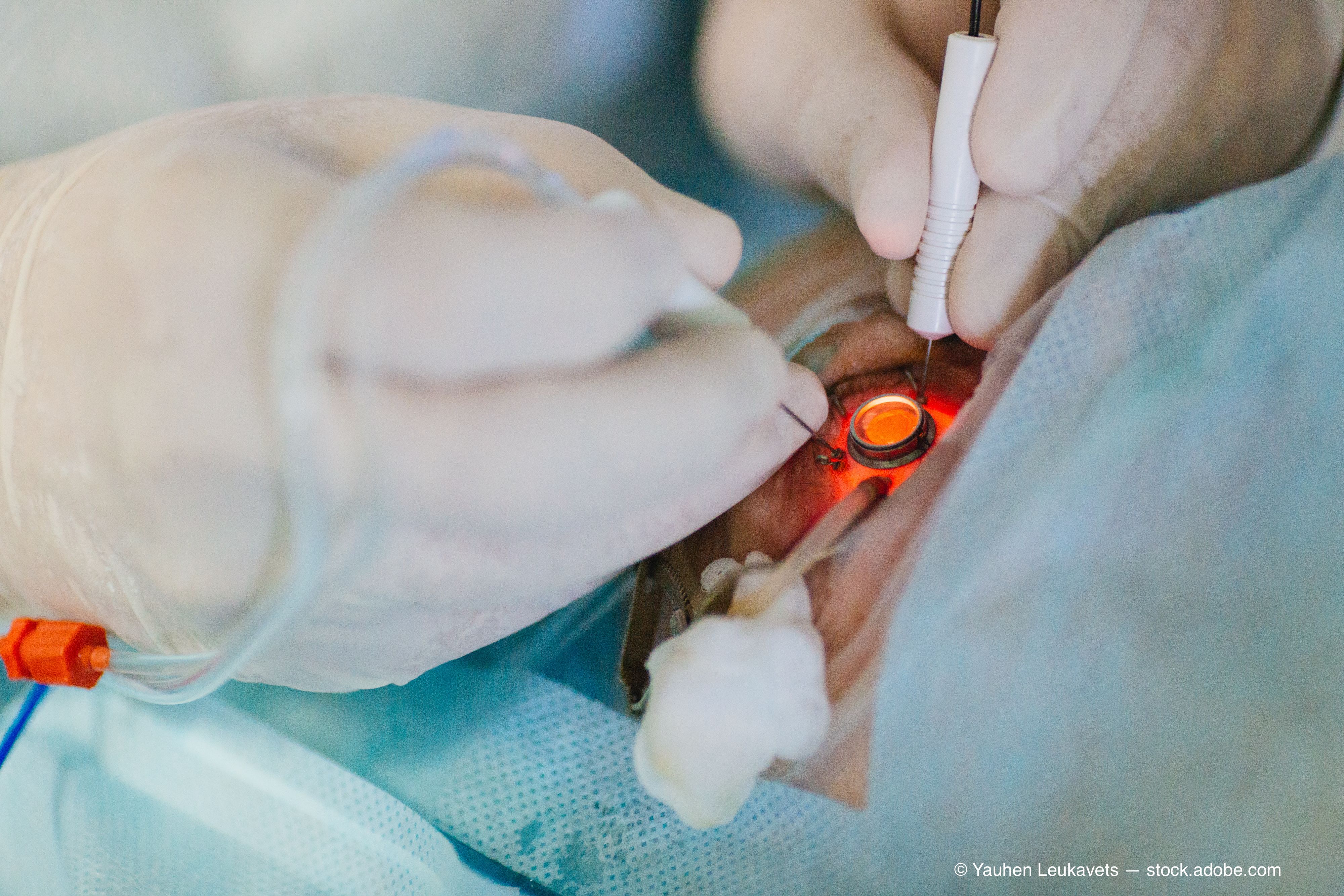Article
Finding an option with presbyopia-correcting IOLs
Author(s):

Cataract surgeons appear to have growing confidence using presbyopia-correcting IOLs in patients with a history of keratorefractive surgery.
This article was reviewed by Arthur B. Cummings, MD
Though a history of keratorefractive surgery has generally been considered a contraindication to implantation of a presbyopia-correcting IOL, the landscape appears to be changing, according to findings of a survey of surgeons.
According to Arthur B. Cummings, MD, consultant eye surgeon and medical director, Wellington Eye Clinic, Dublin, Ireland, patients who have previously undergone keratorefractive procedures and enjoyed the benefits of good vision demand similar results after IOL surgery.
“But cataract surgery can unmask aberrations that can be present in the cornea or caused by an abnormal tear film, putting these patients at risk for reduced quality of vision,” he added.
Related: Light-adjustable IOL technology creates novel treatment window
Dr. Cummings sought to identify current practices for using presbyopia-correcting IOLs in patients with a history of keratorefractive surgery by sending a survey to almost 150 colleagues regarded as experts in both keratorefractive and cataract surgery. Ninety surgeons replied, and their responses showed that approximately two-thirds were using presbyopia-correcting IOLs in this challenging population, and the majority of those users were satisfied with the outcomes.
Additional data collected in the survey indicated that greater use of presbyopia-correcting IOLs in patients with a history of keratorefractive surgery was supported in part by the availability of new IOL technology and surgeon confidence gained from careful patient selection.
“When considering whether or not a patient is a good candidate for a presbyopia-correcting IOL, evaluation of corneal optics (i.e., higher order aberrations) and the state of the corneal surface were key,” Dr. Cummings said. “Patient personality, realistic expectations, and motivation also came forth as important issues.”
Related: Presbyopia-correcting IOLs: Expanding, improving last frontier
Among the surgeons who were not using presbyopia-correcting IOLs in patients with a history of keratorefractive surgery, poor past experience was the leading reason. Comments, however, brought forth the importance of considering each case individually with particular attention to corneal optics, the condition of the ocular surface, and patient personality.
According to Dr. Cummings, opinions were mixed on whether better outcomes could be achieved in patients who had undergone keratorefractive surgery for myopia versus hyperopia.
The level of correction was considered when deciding to use a presbyopia-correcting IOL in hyperopes-patients with a lower amount of hyperopia were generally preferred-whereas patients who had high myopia were not more likely to be excluded than their counterparts with low to moderate myopia.
Related: Doing justice to corneal irregularities
IOL preferences
Given a list of IOL design types, the surgeons’ responses indicated that their most satisfactory results overall were achieved using the pinhole optic IOL (IC-8, AcuFocus) followed by trifocal lenses.
“The survey responses indicated that good results could be achieved with all presbyopia-correcting IOL designs,” Dr. Cummings noted.
Corresponding with the preference for the pinhole optic IOL, data from the Australian IC-8 IOL SHARE study showed that the IC-8 IOL was chosen more often than all other presbyopia-correcting IOLs combined in eyes with irregular corneas.
“The IC-8 accounted for more than half of the presbyopia-correcting lenses implanted in eyes with irregular corneas, but it was also used in 20% of all normal eyes receiving a presbyopia-correcting IOL,” Dr. Cummings concluded.
Read more by Cheryl Guttman Krader, BS, Pharm
Newsletter
Don’t miss out—get Ophthalmology Times updates on the latest clinical advancements and expert interviews, straight to your inbox.




